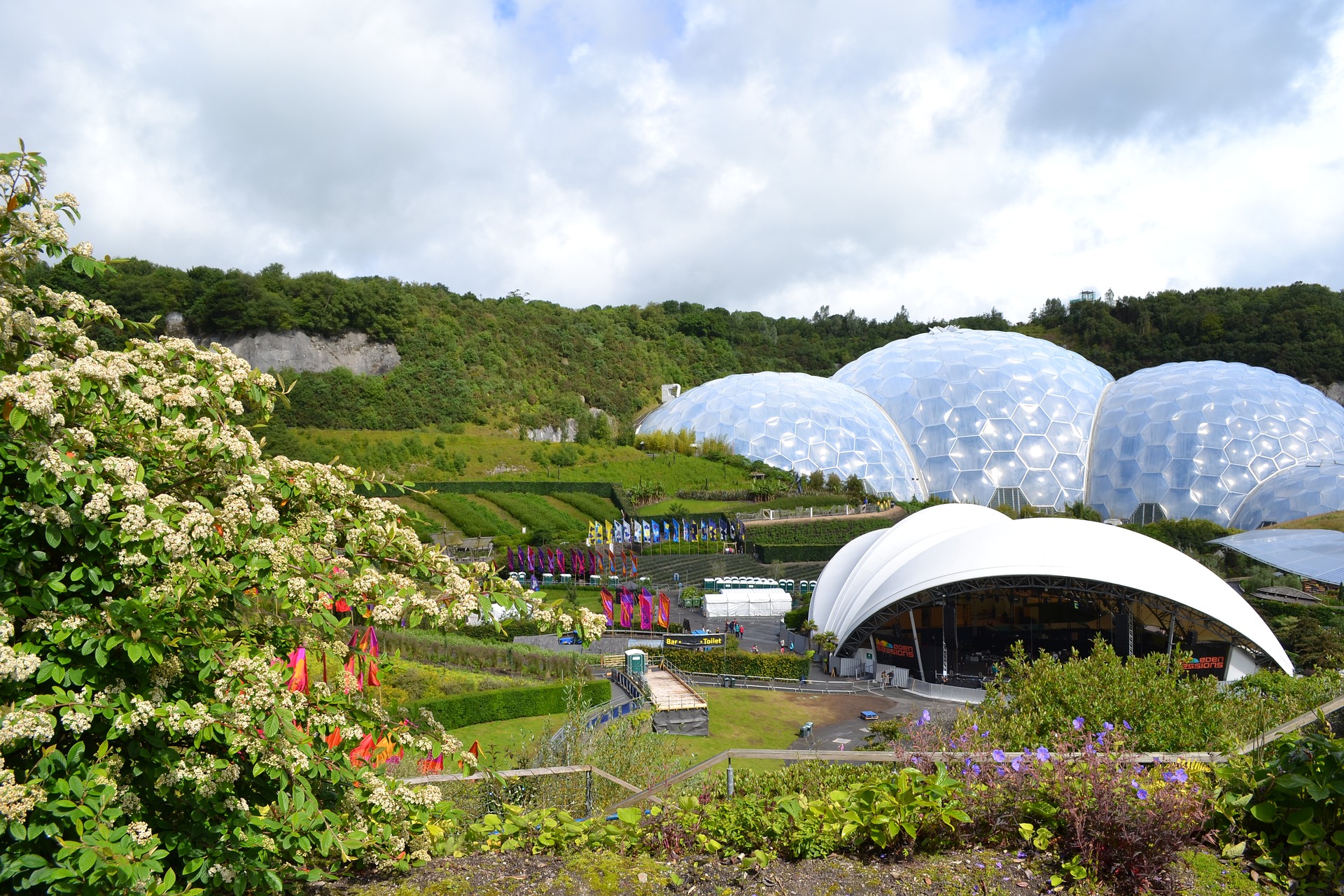It is important—indeed, essential—to invest in clean energy and to reduce emissions from buildings. Our homes, offices, schools, and factories collectively account for a staggering share of greenhouse gas emissions. And yet we know how to change this. We know how to make buildings far less energy‑intensive, how to switch them to renewable power, and how to design or retrofit them to be more resilient in the face of stronger storms, rising seas, and more frequent heat waves.
That is the promise behind PACE—Property Assessed Clean Energy—first emerging in the late 2000s as a clever financial mechanism to help property owners pay for these improvements over time, through an assessment on their property tax bill. It ties the cost of energy upgrades to the building itself rather than to the owner, solving the classic split‑incentive problem that has long stymied energy retrofits.
C‑PACE (Commercial PACE) extends that idea to commercial, industrial, and multifamily buildings. And it has taken a long, winding road in New Jersey.
Why did it take more than a decade?
Ten years of advocacy were needed to pass a robust C‑PACE law—finally signed by Governor Murphy in 2021—followed by four additional years of rulemaking, stakeholder consultation, and regulatory design before the state officially projected to open for business in 2024. Partly, this delay reflects the difficulty of aligning diverse interests: local governments, bond markets, property owners, environmental advocates, and state agencies. Partly, it reflects a deeper truth: even when we know what to do, our political and economic systems are slow to act. Momentum and inertia dominate.
And yet, the effort was worth it.
C‑PACE is now a powerful tool in New Jersey’s clean‑energy toolkit. If we can make it work—show real projects, real energy savings, and real emissions reductions—we can build a case for extending PACE to the residential sector (R‑PACE), giving homeowners a similar pathway. And even beyond that, we can use the lessons of PACE to design better systems for financing the transformation of our built environment.
But we must also face the harder reality: Even if C‑PACE succeeds beyond our most optimistic expectations, it will not be enough. We cannot “build our way” out of climate change or biodiversity loss. A decarbonized building sector, while critical, is only part of a far larger transformation. As the Pachamama Alliance beautifully frames it, what we are ultimately seeking is “an ecologically sustainable, socially just, and spiritually fulfilling human presence on the Earth.”
Mitigation alone—reducing emissions—is no longer sufficient. Too many gigatons of carbon are already in the atmosphere. Too many ecosystems are collapsing under the weight of centuries of extraction. We must also turn our attention to regeneration:
- Restoring soils and watersheds.
- Re‑growing forests and mangroves.
- Revitalizing oceans and sequestering carbon in living systems.
Despite our best efforts, there is too much momentum to history. The fossil‑fuel era, the industrial building paradigm, and the global supply chains that power them are deeply entrenched. PACE and C‑PACE are trim tabs—small interventions that can, over time, redirect the course of a massive ship. But they cannot by themselves bring us to a safe harbor.
What should the built environment look like in 50, 100, or 200 years?
It could look very different from the concrete and steel boxes of today. Imagine structures that:
- Generate more energy than they consume.
- Are woven into ecosystems rather than imposed on them.
- Use biomaterials that sequester carbon instead of emitting it.
- Support communities that are resilient, inclusive, and adaptive.
For most of human history—tens of thousands of years—our ancestors lived in ways far more integrated with nature than we have in the past twelve thousand years of urban civilization. We are now challenged to rediscover that harmony, not by abandoning the built environment but by re‑imagining it.
C‑PACE offers one step in that direction. It is a policy innovation that turns good intentions into financed projects. It is a lever we can pull to begin reshaping our built world. But to truly meet the climate crisis and biodiversity collapse, we must go further: from mitigation to regeneration, from isolated buildings to thriving bioregions, from a world we exploit to a world we restore.
